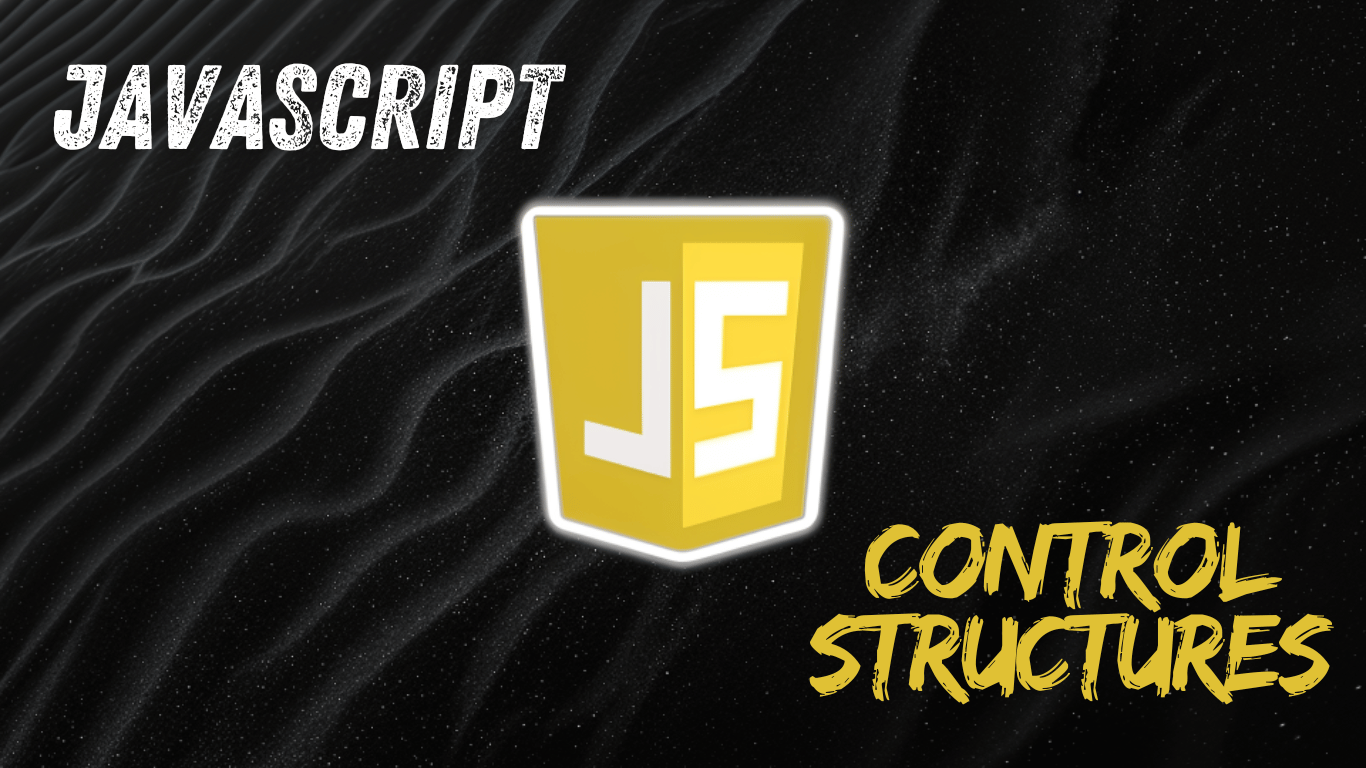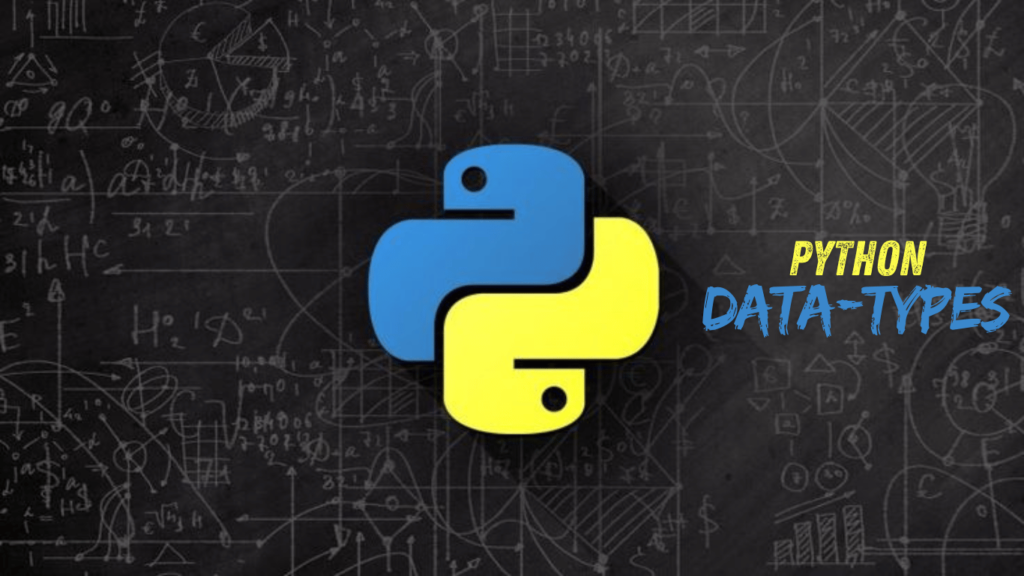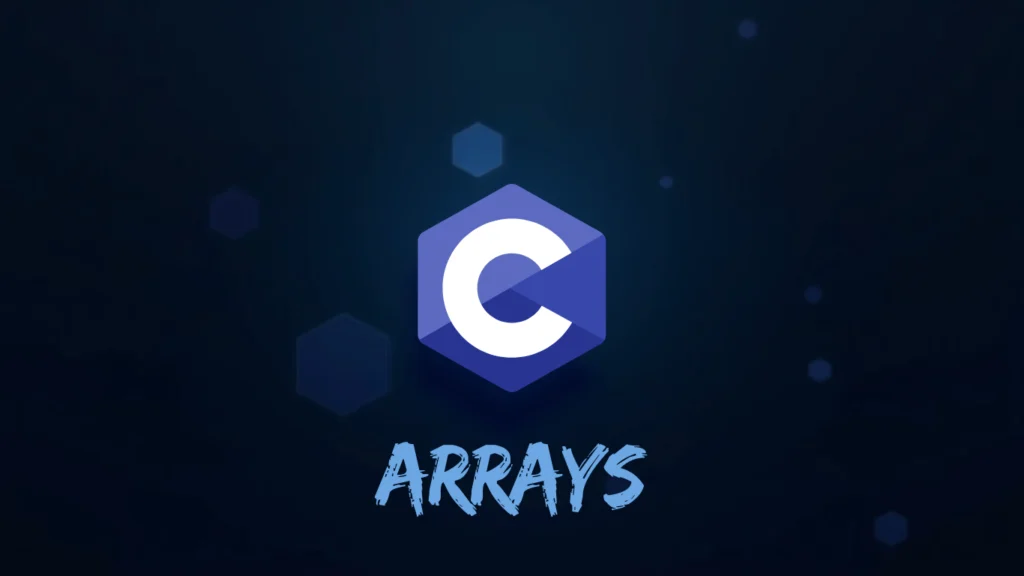JavaScript : Control Structures

JavaScript is a widely-used language in web development that enables developers to build dynamic and interactive experiences. Control structures are at the core of this dynamism, serving as the essential components that dictate the flow of a program’s execution. Mastering these structures is crucial for writing efficient, maintainable, and elegant JavaScript code.
This comprehensive guide delves into the different control structures in JavaScript, covering their functionalities, use cases, and best practices. Whether you’re an experienced developer or just starting your JavaScript journey, this detailed exploration will provide you with the insights needed to manage your program’s flow with accuracy and confidence.
Table of Contents
What Are Control Structures ?
In programming, there are certain building blocks that allow you to control the flow of your code and make it more dynamic. These blocks are essential for creating programs that are not only functional but also responsive and adaptable to different situations. They enable the program to make decisions, repeat actions, and change its course based on specific conditions. By utilizing these constructs, you can ensure that your code behaves the way you want, reacting to inputs or situations in real-time.
These decision-making and looping mechanisms are the backbone of interactive programming. For example, you can use them to execute certain actions only when specific conditions are met, which makes your code smarter and more efficient. Imagine you are building a user interface where an action needs to happen only if a user clicks a button or if a certain value is reached—it’s these structures that give your program the ability to decide when and how to act.
Additionally, these tools allow for repeating actions automatically, which is useful for tasks like iterating through a list of items or running a set of instructions until a condition is met. This not only saves time but also reduces the risk of errors since you don’t have to manually repeat the same block of code over and over again.
By mastering how to use these control blocks, you can write programs that are not just functional but also flexible and efficient, adapting to different scenarios and requirements as needed. This allows you to build sophisticated applications and user experiences that respond dynamically to user actions and system states. Understanding how to effectively harness these tools opens up a world of possibilities in creating smarter, more interactive code.
Purpose of Control Structures in JavaScript :
Control structures are essential for managing the flow of a program’s execution. They enable developers to make decisions, perform repetitive tasks, and change the normal execution path of code blocks. This capability allows for the creation of interactive and responsive web applications that can adapt based on user input, data validation, and other factors.
JavaScript provides a range of control structures, which can be grouped into three main types: conditional statements, looping statements, and jumping statements. Understanding how each type works and how to combine them effectively is crucial for writing robust, well-structured code.
1. Conditional Statements :
Conditional statements in JavaScript allow the program to make decisions by executing different code blocks based on the evaluation of conditions. Some key conditional statements include:
The if statement, which evaluates a condition and executes a block of code if the condition is true. An optional **else** block can be included to execute code if the condition is false.
The else if statement, which allows for multiple conditions to be checked sequentially within an if statement. It executes the code block for the first condition that evaluates to true.
The switch statement, used for multi-way branching based on the value of an expression. It provides a cleaner alternative to nested if statements when dealing with multiple possible conditions that result in different values. The break keyword is critical within a switch statement to terminate the block after a matching case is found, preventing unintended fall-through. The default case acts as a catch-all for any value not matching a defined case.
The ternary operator is a compact conditional operator that provides a shorthand way to write simple conditional expressions. It evaluates a condition and returns one of two values depending on the outcome.
2. Looping Statements :
Looping statements are fundamental for iterating through data collections, repeating code blocks until a condition is met, and automating repetitive tasks. JavaScript offers several looping structures:
The for loop is commonly used for repeated execution. It uses a counter to track iterations and stops when a specified condition is no longer met.
The while loop continues executing a block of code as long as a specified condition remains true. The condition is checked before each iteration.
The do-while loop guarantees that the code block executes at least once, even if the initial condition is false. The condition is checked after each execution of the block.
Choosing the right looping structure depends on the specific needs of your program. The for loop is often preferred when the number of iterations is known beforehand. The while loop is suitable when the loop continuation depends on a dynamic condition. The do-while loop is ideal when the code block must execute at least once.
3. Jumping Statements :
JavaScript provides jumping statements that alter the normal flow of execution within loops:
The break statement is used to exit a loop before it completes all its iterations, often when a specific condition is met.
The continue statement skips the current iteration of a loop and moves to the next iteration, allowing selective skipping based on conditions.
Jumping statements should be used judiciously, as excessive use can make code harder to read and maintain. However, when used appropriately, they can enhance the control flow of loops.
Best Practices for Using Control Structures :
Understanding the role of control structures in JavaScript helps in applying best practices that ensure code is clear, maintainable, and efficient:
– Prioritize clarity and readability over complex control structures. Use meaningful variable names, proper indentation, and comments to enhance readability.
– Use the switch statement for discrete choices when dealing with a limited set of separate conditions. This provides a cleaner alternative to nested if statements.
– Extract complex logic into separate functions to improve modularity and reusability.
– Use for…of loops for iterating through iterable objects like arrays and strings, as they offer shorter syntax and eliminate manual index management.
– Utilize forEach for simple array iterations when you need to perform an action on each element without managing the index.
– Handle errors gracefully using try…catch blocks to manage exceptions and maintain code execution flow.
– Write unit tests to ensure control structures work as expected under various conditions, promoting reliability and maintainability.
Advanced Control Flow Techniques :
JavaScript offers additional features that enhance control flow beyond the fundamental structures:
– Labeled statements allow associating a label with a specific statement, which can be used to jump to a labeled statement. However, this approach is generally discouraged due to potential readability issues.
– Destructuring with conditionals combines destructuring assignments with conditional statements to create concise and readable code for complex branching logic.
– Recursion involves a function calling itself to solve problems that require breaking down tasks into smaller, similar subtasks. Proper base cases are essential to prevent infinite recursion.
While these advanced techniques can be powerful, it is crucial to prioritize code clarity and maintainability when employing them.
Control structures are fundamental elements of any programming language. Mastering JavaScript’s control structures allows you to write code that is responsive, efficient, maintainable, and well-structured. This guide provides the foundation needed to understand and effectively use these structures, enabling you to create elegant and powerful JavaScript applications. Continue exploring JavaScript by reading our articles on related topics, such as how JavaScript works, variables, operators, functions, and arrays.



